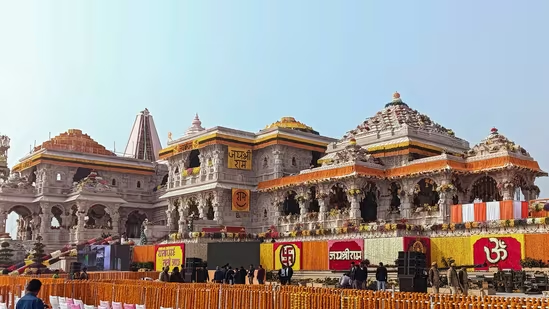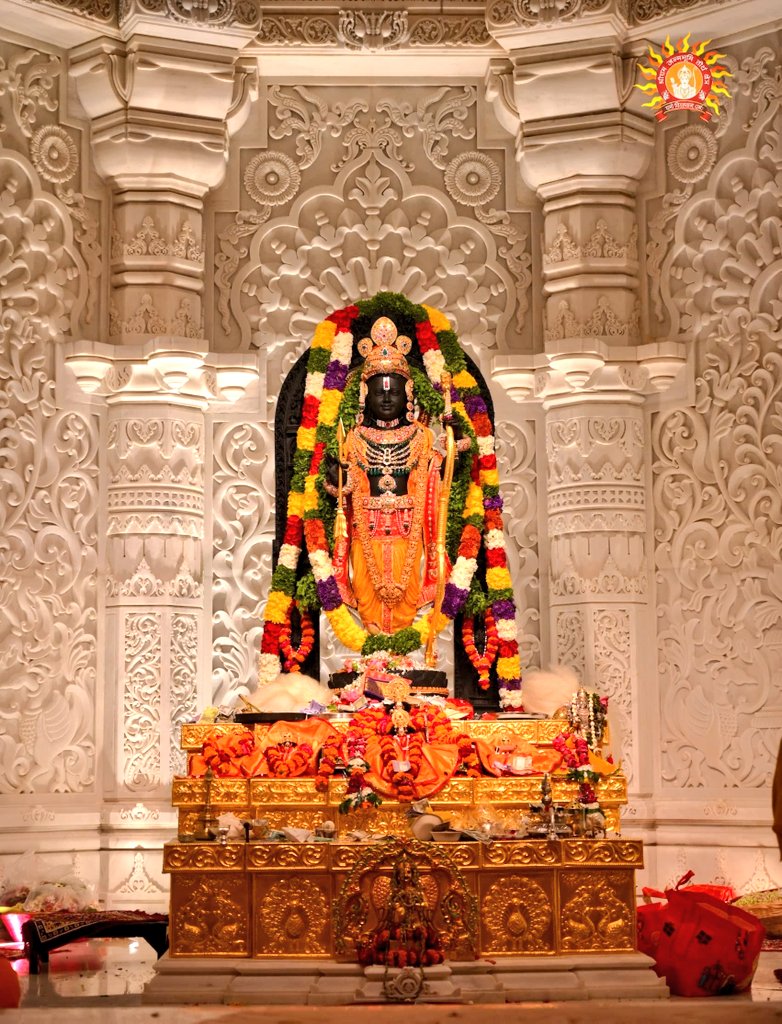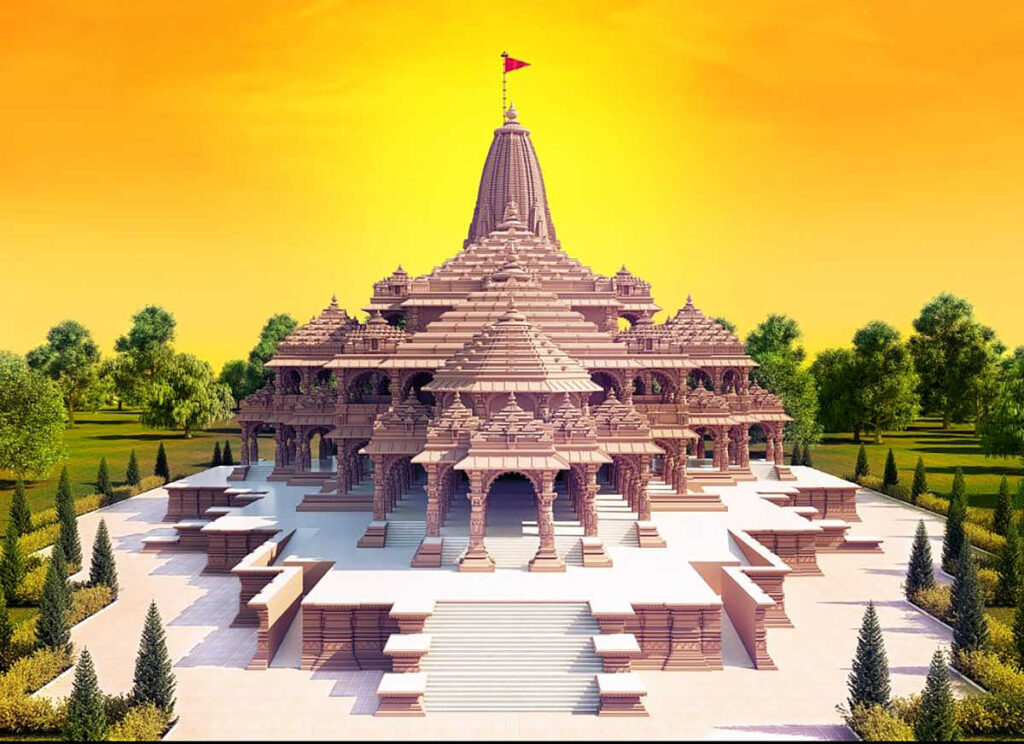The Significance of Ram Janmabhoomi Temple: A Spiritual Hub in Ayodhya
 Yaman Garg
Yaman Garg
The Ram Janmabhoomi Temple in Ayodhya is not just a temple; it is a symbol of faith, devotion, and spirituality for millions of Hindus around the world. This sacred site, believed to be the birthplace of Lord Rama, holds immense historical, cultural, and religious significance. In this comprehensive article, we will explore the various facets of the Ram Janmabhoomi Temple, its historical background, spiritual importance, and its role as a spiritual hub in Ayodhya.
Historical Background of Ram Janmabhoomi
The history of the Ram Janmabhoomi site is deeply intertwined with the epic tale of the Ramayana. According to Hindu tradition, Ayodhya is the birthplace of Lord Rama, the seventh avatar of Lord Vishnu. The site has been revered as a place of worship for centuries, with references dating back to ancient texts and scriptures.

The Ancient Significance
Ayodhya, one of the seven sacred cities in Hinduism, has been a center of spiritual and cultural activities for millennia. The city's association with Lord Rama has made it a pilgrimage destination for devotees seeking blessings and spiritual solace. The Ram Janmabhoomi site, in particular, has been a focal point of devotion and reverence.
The Controversial History
The history of the Ram Janmabhoomi site is not without controversy. In the 16th century, the Babri Masjid was constructed on the site, leading to disputes and conflicts over its ownership. The legal and political battles surrounding the site continued for decades, culminating in a landmark Supreme Court verdict in 2019, which paved the way for the construction of the Ram Janmabhoomi Temple.
The Spiritual Significance of Ram Janmabhoomi Temple
The Ram Janmabhoomi Temple is more than just a physical structure; it is a spiritual beacon that draws devotees from all corners of the globe. The temple's significance lies in its ability to connect individuals with their faith and spirituality.
For devotees, visiting the Ram Janmabhoomi Temple is a deeply spiritual experience. The temple serves as a place of worship, where individuals can offer prayers, seek blessings, and immerse themselves in the divine presence of Lord Rama. The rituals and ceremonies conducted at the temple are a testament to the enduring faith and devotion of the Hindu community.
The Ram Janmabhoomi Temple is also a symbol of unity and harmony. It represents the coming together of diverse communities and cultures in the spirit of devotion and reverence. The temple's construction and the subsequent celebrations have fostered a sense of unity and shared purpose among people of different backgrounds.
The Role of Ram Janmabhoomi Temple in Ayodhya
The Ram Janmabhoomi Temple plays a pivotal role in the cultural and spiritual landscape of Ayodhya. It serves as a hub for religious activities, cultural events, and spiritual gatherings.
Ayodhya, with its rich cultural heritage, is a vibrant center of art, music, and literature. The Ram Janmabhoomi Temple is at the heart of this cultural tapestry, hosting festivals, performances, and exhibitions that celebrate the city's diverse traditions and artistic expressions.
For those seeking spiritual growth and enlightenment, the Ram Janmabhoomi Temple offers a serene and contemplative environment. The temple's tranquil surroundings and spiritual ambiance provide an ideal setting for meditation, reflection, and self-discovery.

The Future of Ram Janmabhoomi Temple
The construction of the Ram Janmabhoomi Temple marks a new chapter in its storied history. As the temple continues to evolve, it holds the promise of becoming a global center of spirituality and cultural exchange.
The vision for the Ram Janmabhoomi Temple extends beyond its physical structure. It aims to be a beacon of peace, harmony, and spiritual enlightenment for people of all faiths and backgrounds. The temple's inclusive approach and commitment to promoting universal values make it a symbol of hope and inspiration for future generations.
A Global Destination
The Ram Janmabhoomi Temple has the potential to become a global destination for spiritual seekers and cultural enthusiasts. Its rich history, spiritual significance, and cultural vibrancy make it an attractive destination for tourists and pilgrims alike. The temple's role in promoting cultural exchange and understanding further enhances its appeal on the world stage.
Subscribe to my newsletter
Read articles from Yaman Garg directly inside your inbox. Subscribe to the newsletter, and don't miss out.
Written by
